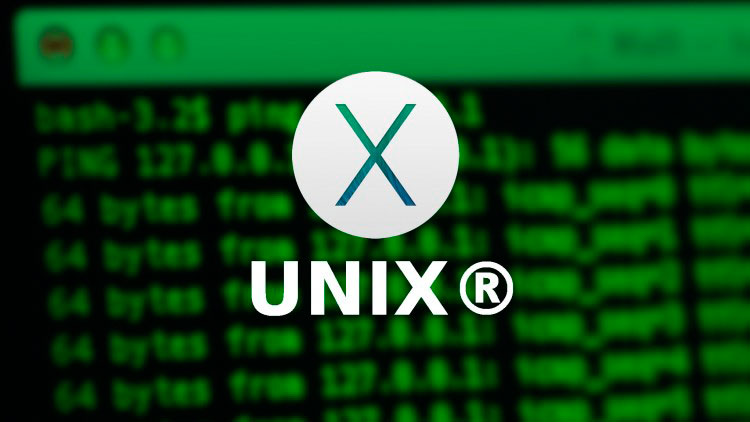How do I find my mount path in Unix?
We can view the filesystem mounted in our system as a tree model by simply typing the finding command. The same tree output of the mounted file system can be displayed without any model using the l option.
How do I find my mount point in Linux?
The finding command is a simple command line utility used to list currently mounted filesystems or to search for a filesystem in /etc/fstab, /etc/mtab, or /proc/self/mounting.
How do I find my mounted pad?
If you check paths like /path/to/dir/end with a backslash, the way in /proc/mounts or mount output will be /path/to/dir. In most Linux versions,/var/run/ is the symbolic link of /run/, so if you bind mount before /var/run/my path and check if it is mounted, it will show as /run/my path in /proc /mount.

How do I check my mount point options?
Run the mount command without any arguments to see which options a mounted filesystem uses. You can also grep for a particular mount point because sometimes (especially if you’re using RHEL/CentOS 7), you get a huge list of system mount points—for example, data in the case below.
How do I link a folder in Unix?
Mounting ISO files Start by creating the mount point, which can be any location you want: sudo mkdir /media/iso. Mount the ISO file to the mount point by typing the following command: sudo mount /path/to/image.iso /media/iso -o loop. Don’t forget to replace /path/to/image. Iso with the path to your ISO file.
What is the mount point in Linux?
In more specific terms, a mount point is a (usually empty) folder in the currently accessible file system on which a different file system is mounted (attached). A file system is a hierarchy of folders – also called a folder tree – for organizing files on a computer system.
How do I see drives in Linux?
To display disk information on Linux, you have to use the “show” with the “class” option specifying “disk”. By combining “lshw” with the “grep” command, you can retrieve specific information about a drive on your system.
What are file systems available to be mounted on your Linux system?
As you may already know, Linux supports numerous file systems, such as Ext4, ext3, ext2, sysfs, security, FAT16, FAT32, NTFS, and many more. The most commonly used file system is Ext4.
How can I tell if a file system is Unix mounted?
To see the list of mounted file systems, type the simple command “finding” in the shell as below, which lists all file systems in a tree view. This snapshot contains all the necessary details about the file system; the type, source,, etc.
How do I find my bind mounts?
FiveA bind-mount operation is indicated by the bind-mount option (which ignores the file system type). answers. So the only way to remember which mounts were bind-mounts is the log of mount commands left in /etc/mtab.Thesaera
How can I tell if a filesystem is mounted?
Check /proc/mounts. If you grep on the filesystem name and path you want to mount (maybe even a specific line with all options included), you can see if the filesystem is mounted.
Is everything in Linux a file?
That’s true, although it’s just a generalization concept; in Unix and its derivatives like Linux, everything is considered a file. If something is not a file, it must be run as a process on the system.
How to check the NFS mount properties?
Right-click the file or folder name, right-click the drive mapped to a Network File System (NFS) link, and then click Properties. To view the NFS mount options for the industry, click NFS mount options.
How do I rename the mount point in Linux?
Rename a file system or change a mount point. Create a new mount point (mkdir /sap backup). Umount the existing file system (umount /backup) lv-rename to change the logical volume name (lv-rename/dev/name/backuplv /dev/name/sapbackuplv) Update / etc /fstab to point to the new location. Mount the new filesystem (mount /sap backup).
What is file mounting in Unix?
Mounting makes file systems, files, folders, devices, and special files available for use and available to the user. Its counterpart, amounts, instructs the operating system to unmount the file system from the mount point, making it inaccessible and allowing it to be removed from the computer.
Can I mount a file?
Mounting a filesystem creates a binding for the duration of the mount. Like any other item, tDuring mount, the mount point directory gives its name to the root directory of the file system to be mounted. The root directory of a file system also has attributes, but the guide has no name.
Can we mount a file?
When you mount a file system, you mount it to a folder (mount point) and make it available to the system. The root file system ( / ) is always mounted. Any other file system can be attached to or detached from the root file system ( / ).
Is it a mount point?
A mount point is a folder in a file system where additional information is logically linked from a storage location outside the root drive and operating system partition. Mounting in this context makes a group of files in a file system tree accessible to a user or user group.
How does mount work in Linux?
Mounting a file system means making the specific file system accessible at some point in the Linux directory structure. When mounting a file system, it doesn’t matter whether the file system is a hard drive partition, CD-ROM, floppy disk, or USB storage device.
Does Linux read NTFS?
NTFS. The NTFS-3 g driver is used in Linux-based systems to read from and write to NTFS partitions. Until 2007, Linux distributions relied on the kernel-ntfs driver who was read-only. With the userspace NTFS-3 g driver, Linux-based systems can now read from and write to NTFS formatted partitions.
